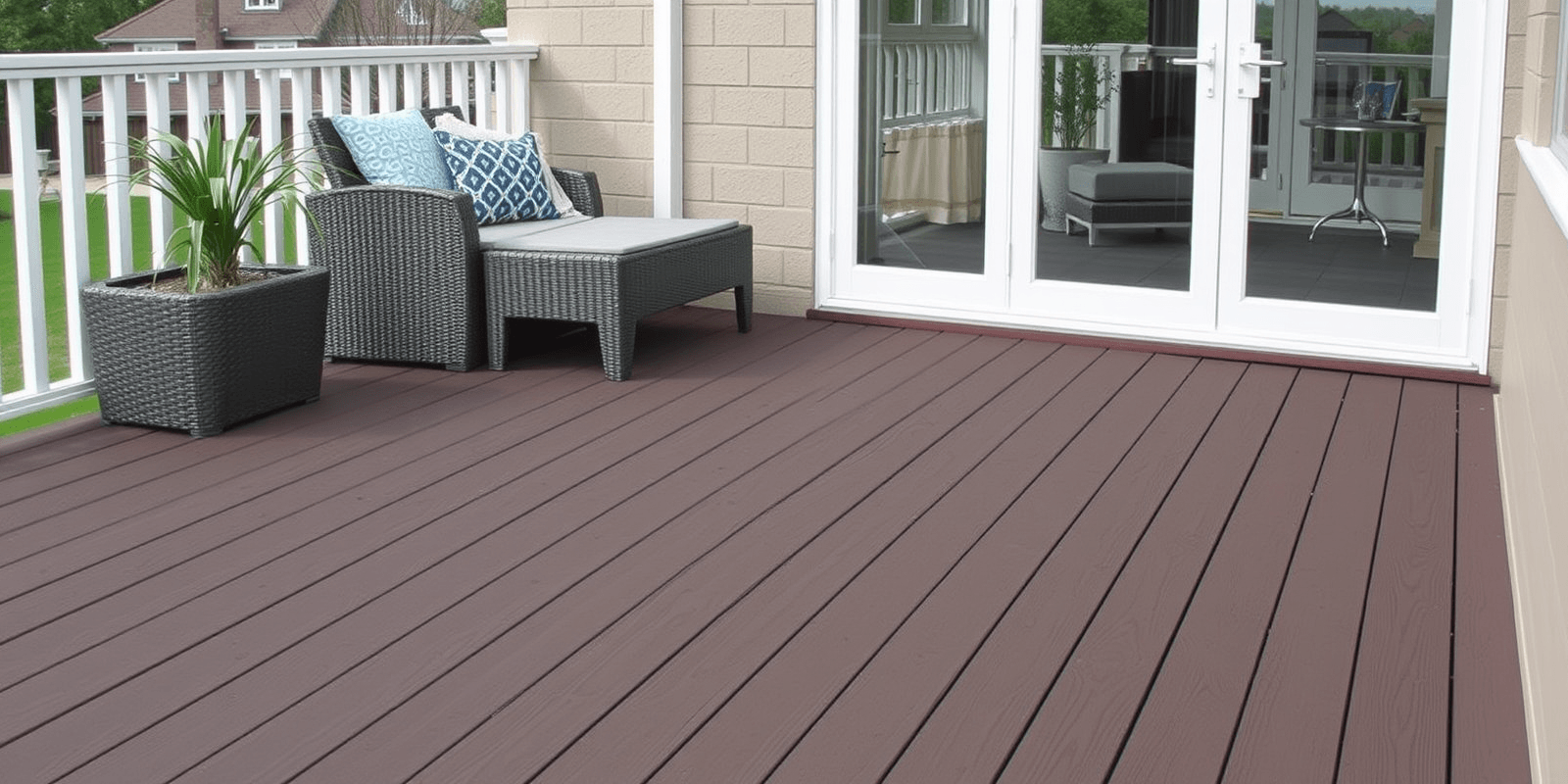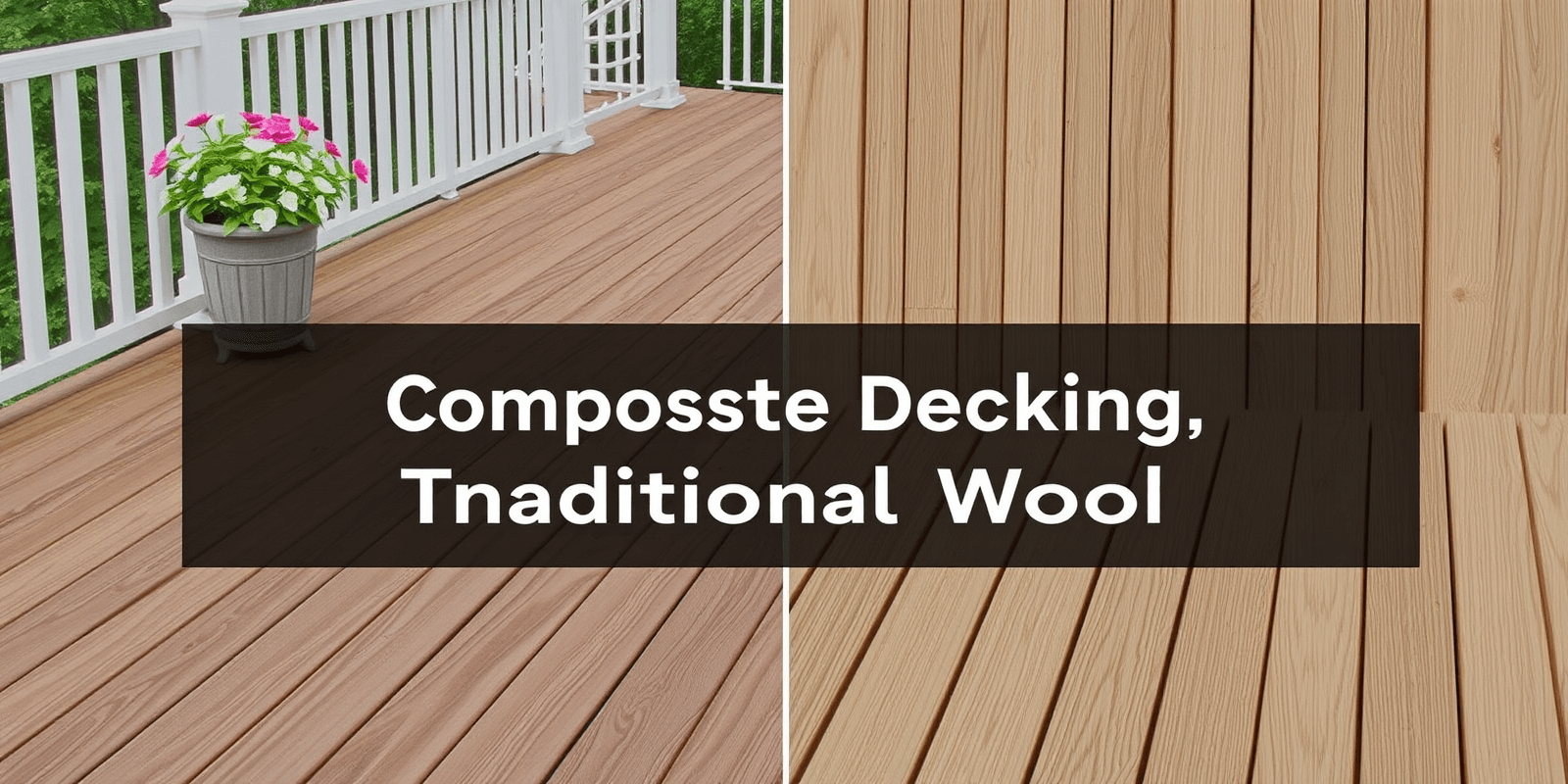“`html
Choosing Between Wood and Composite Decking: Key Considerations
Introduction
Building a deck can be an exciting project, but choosing between wood and composite materials can be overwhelming. Each option comes with its own set of advantages and disadvantages, particularly in terms of long-term durability, installation complexity, available styles, and sustainability. This article aims to provide insights into these aspects to help you make an informed decision based on your specific needs and climate conditions.
Long-Term Durability
Wood decking, typically made from pressure-treated pine or cedar, offers natural beauty and warmth. However, it requires regular maintenance such as staining and sealing to protect against moisture, rot, and insect damage. On the other hand, composite decking is made from a mix of recycled plastic and wood fibers, making it highly resistant to weathering, rot, and insects without the need for frequent maintenance. (Family Handyman)
Installation Complexity
Wood decking is generally easier to install due to its lighter weight and simpler construction process. It can be cut, nailed, and screwed more easily compared to composite materials, which are denser and heavier. Composite decking often requires specialized tools and techniques, such as using hidden fasteners or screws designed for composite materials, adding to the complexity and potentially increasing labor costs. (This Old House)
Available Styles and Aesthetics
Wood decking provides a wide range of aesthetic options, from the rich tones of redwood and cedar to the classic look of pressure-treated pine. With proper care, wood can age beautifully over time. Composite decking, while offering fewer color choices, mimics the appearance of natural wood quite well. Modern composites come in various textures and colors that can enhance the overall look of your deck, making it a versatile choice for those seeking low-maintenance aesthetics. (Home Depot)
Sustainability
From an environmental standpoint, wood decking has a lower carbon footprint initially but requires ongoing maintenance that may involve chemicals. Composite decking, although derived from non-renewable resources, is often made from recycled materials and can be recycled at the end of its life. This reduces waste and conserves natural resources. However, the production process of composites involves significant energy use, which should be considered when evaluating overall sustainability. (Green Building Advisor)
Tips for Selecting Based on Climate and Usage Patterns
For regions with high humidity or frequent rain, composite decking might be preferable due to its resistance to moisture. In contrast, if you prefer the natural look and are willing to invest time in maintenance, wood could be a better choice. Additionally, consider the deck’s usage; high traffic areas might benefit from the durability of composite materials, while less frequently used spaces could accommodate wood with minimal upkeep.
“`



